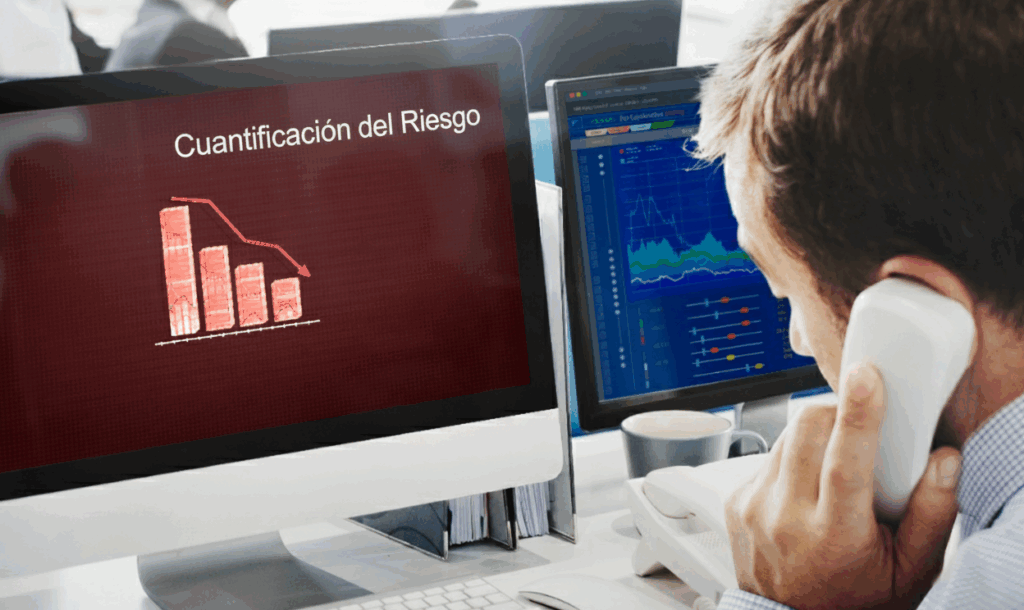The sports sponsorship is one of the most effective strategies for connecting brands with global audiences. However, to maximize return on investment (ROI) and ensure the success of the collaboration, it is essential to accurately measure its effectiveness.
In this article, we will look at how to measure sports sponsorships using various keys and tools that help brands and sponsors evaluate the impact of their investments.
Importance of measuring sports sponsorships
Sports sponsorship involves a large investment and can encompass a wide range of rights, from brand visibility on stadiums and uniforms to direct association with athletes or teams. Measuring the impact of this investment is crucial for several reasons:
- Maximizing ROIBy measuring the effectiveness of sponsorship, brands can evaluate whether the agreement has generated the expected benefits, such as increased sales, greater recognition or strengthened brand image.
- Optimization of future strategiesAnalyzing the results helps brands to adjust their strategies for future collaborations, choosing the most effective activations and improving the relationship with sports partners.
- Justification of the investmentSponsors need to justify investments internally to their financial or management teams, demonstrating that sponsorship has been an effective marketing and communication tool.
Keys to measuring sponsorship success

1. Brand visibility
Visibility is one of the main objectives of any company. sponsorship sporting. To measure success in this aspect, it is essential to evaluate how much exposure the brand has had in the media, social networks and sporting events. Some indicators to take into account are:
- Media coverageHow many times and in which media has the brand appeared during the sponsored event?
- Screen timeHow long has the brand logo been visible on television broadcasts or streaming platforms?
- Digital exhibitionHow many times has the brand been seen on social networks, mobile applications or websites related to the sporting event?
Accurate visibility measurement allows brands to calculate the media value of sponsorship.
▶ You may be interested in: Knowing who will be the best soccer player in 2024 thanks to AI
2. Brand recognition and perception
Sponsorship success also depends on how the public perceives the brand before and after the event. Surveys or market research can be used to measure brand recognition and perception in the following areas:
- Increased brand recognitionHas brand awareness improved thanks to sponsorship?
- Positive perceptionDoes the public associate the brand with positive values, such as sport, health, competition or teamwork?
- Audience affinityHas the public's emotional connection with the brand increased?
Changes in brand perception can have a significant impact on sales and long-term loyalty.
3. Public engagement and participation
Fan engagement is a crucial indicator to measure the effectiveness of a sponsorship. Brands can analyze how fans of the sponsored sport or team interact with their campaigns, products or messages. To measure engagement, it is useful to analyze:
- Interactions in social networksHow many likes, comments, shares and mentions did the brand receive on social networks during the event?
- Event activationsHow many people have participated in brand activations, such as contests, app downloads, sweepstakes or surveys?
- Interactions with the live audienceHow was the public's response to the stadium, whether in terms of product sales, participation in brand dynamics or presence at advertising stands?
Audience engagement with sponsored activations helps measure the level of sponsorship success.
4. Impact on sales and conversions
The ultimate goal of most sponsorships is to increase sales and conversions. This can be measured by analyzing the following aspects:
- Increased salesHas there been a significant increase in sales during or after the sporting event?
- Increase in web traffic or physical storeDid you observe an increase in visits to the brand's website or physical stores during the sponsorship campaign?
- Lead trackingHow many leads or potential contacts have been generated through sponsorship activation?
Brands can track these metrics through unique promotional codes, tracking links or campaigns specific to sponsorship activations.
5. Media return on sponsorship (EMV)
Equivalent media value (EMV) is a metric used to calculate the advertising value the brand would have had to pay for the same media exposure, but without the sponsorship.
Some tools automatically calculate the EMV based on visibility on TV, social media and print media. This is a key indicator to assess whether the sponsorship has been a profitable investment in terms of exposure.
Tools for measuring sports sponsorships
There are several technological tools that help brands analyze and measure the impact of their sports sponsorships. These platforms allow you to collect data from a variety of sources and generate detailed reports to evaluate ROI. Some of the most useful tools include:
1. ENIGMIA
ENIGMIA uses artificial intelligence to monitor and evaluate the impact of sports sponsorships. Its automated platform analyzes in real time the brand's presence in different media, providing a detailed analysis of performance and areas for improvement, helping sponsors to optimize their investments.

Optimize the measurement of your sports sponsorships with artificial intelligence!
Analyze the real impact of each sponsorship in real time, from social media to TV audiences. Discover how our advanced analytics provide you with accurate insights to maximize your ROI. Request a demo and take your sponsorships to the next level today!
2. Hookit
This platform, Hookitmeasures the visibility and impact of sponsorships in digital and social media, providing reports on the exposure value of the brand based on its appearance in social networks, videos and photos shared by teams, leagues and athletes.
3. KORE Software
KORE offers an end-to-end solution to manage the entire sponsorship lifecycle, from rights sales to activation and measurement. It provides detailed reporting on the performance of sponsorship campaigns and their impact on target audiences.
4. Nielsen Sports
Nielsen offers advanced analysis on the visibility of sponsoring brands and media impact in traditional and digital media. In addition, it allows to evaluate the affinity of the public with the sponsored brands.
5. Blinkfire Analytics
This tool specialized in sports sponsorships allows measuring brand visibility through digital media, social networks and video platforms. Blinkfire Analytics calculates the media value of brand exposure and generates detailed performance reports.
Conclusion
Measuring the success of sports sponsorships is key to maximizing ROIto adjust future strategies and justify investments. Using key metrics such as visibility, brand awareness, engagement, sales impact and media return, and relying on advanced technological tools such as those mentioned above, brands can obtain an in-depth analysis of their efforts. This allows them to optimize their activations and establish more fruitful long-term partnerships.
For ensure the success of your sports sponsorship and obtain an accurate evaluation of impact, it is critical to integrate data analytics into your strategy from the very beginning.




